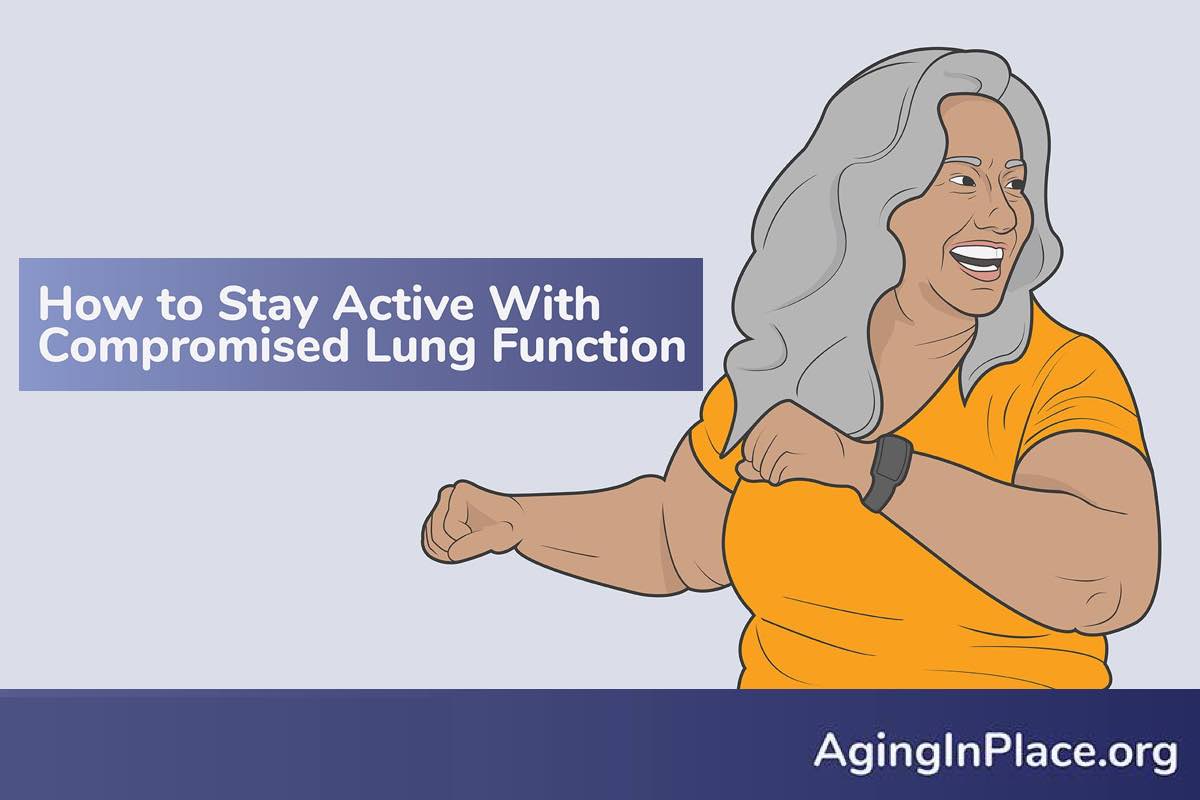Portable Oxygen Concentrators
Featured Articles
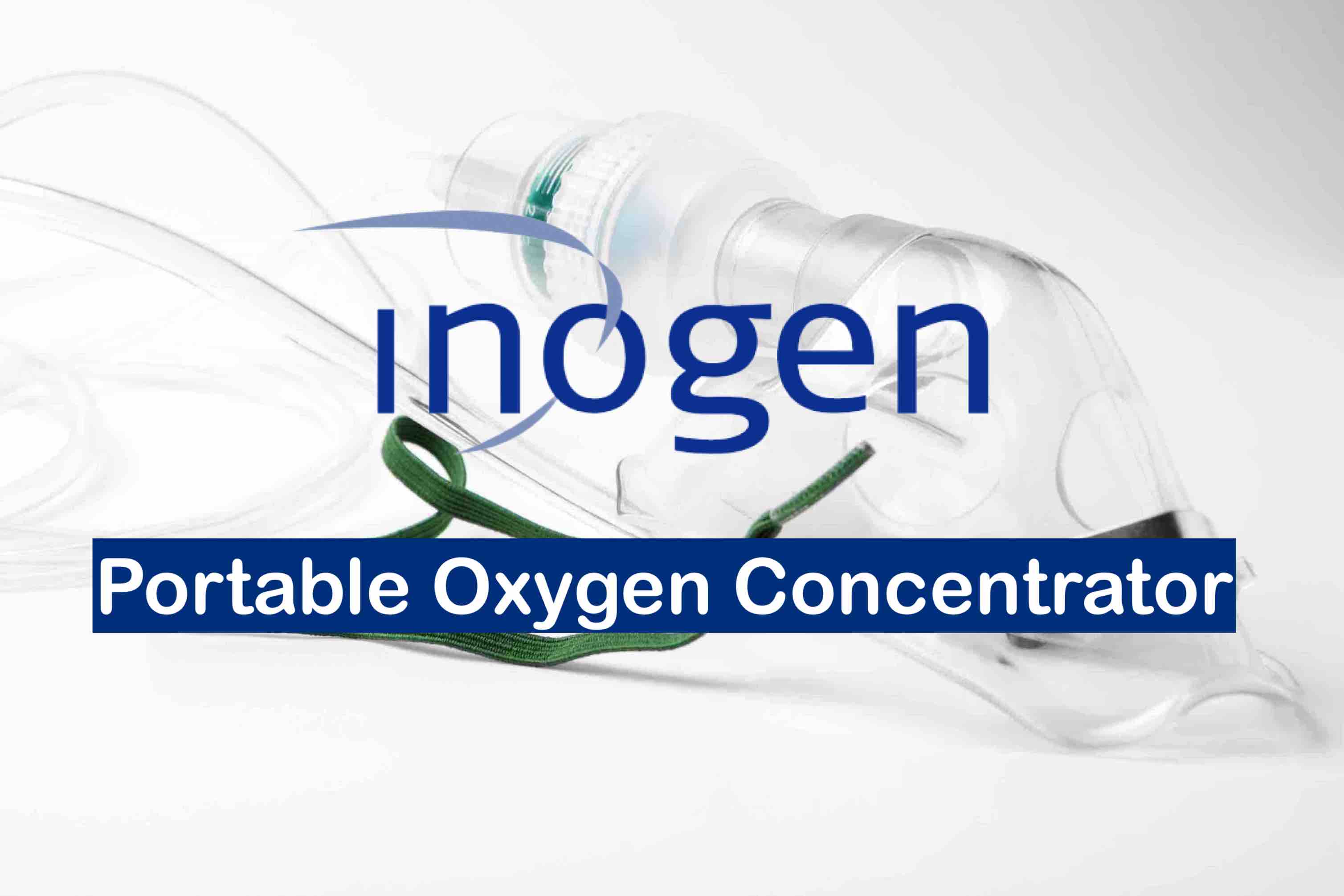
Inogen Oxygen Concentrator Models: Review, Features, Prices
A pioneer in supplemental oxygen, Inogen offers oxygen concentrator models for at-home and on-the-go use.
Living With COPD: Tips for COPD Management
While COPD is an urgent health care crisis, by taking care of your lungs, it’s possible to live a more normal, active life.
All Articles
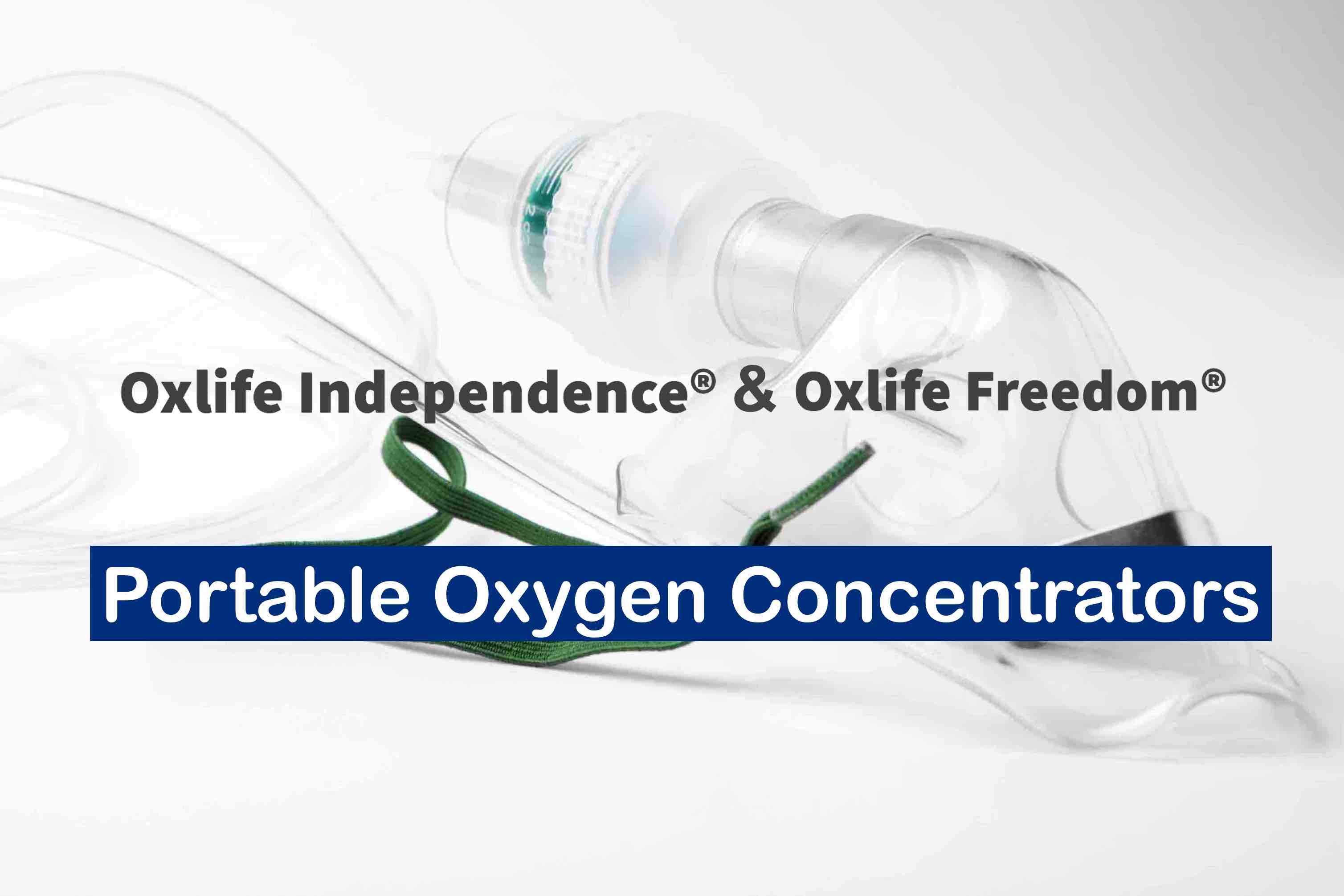
Oxlife Independence vs. Oxlife Freedom
We researched Oxlife portable oxygen concentrator models—so you can choose the right one.

Portable Oxygen Concentrator Prices
Prices for portable oxygen concentrators change frequently, so we’ve compiled price ranges by brand for easy comparison.
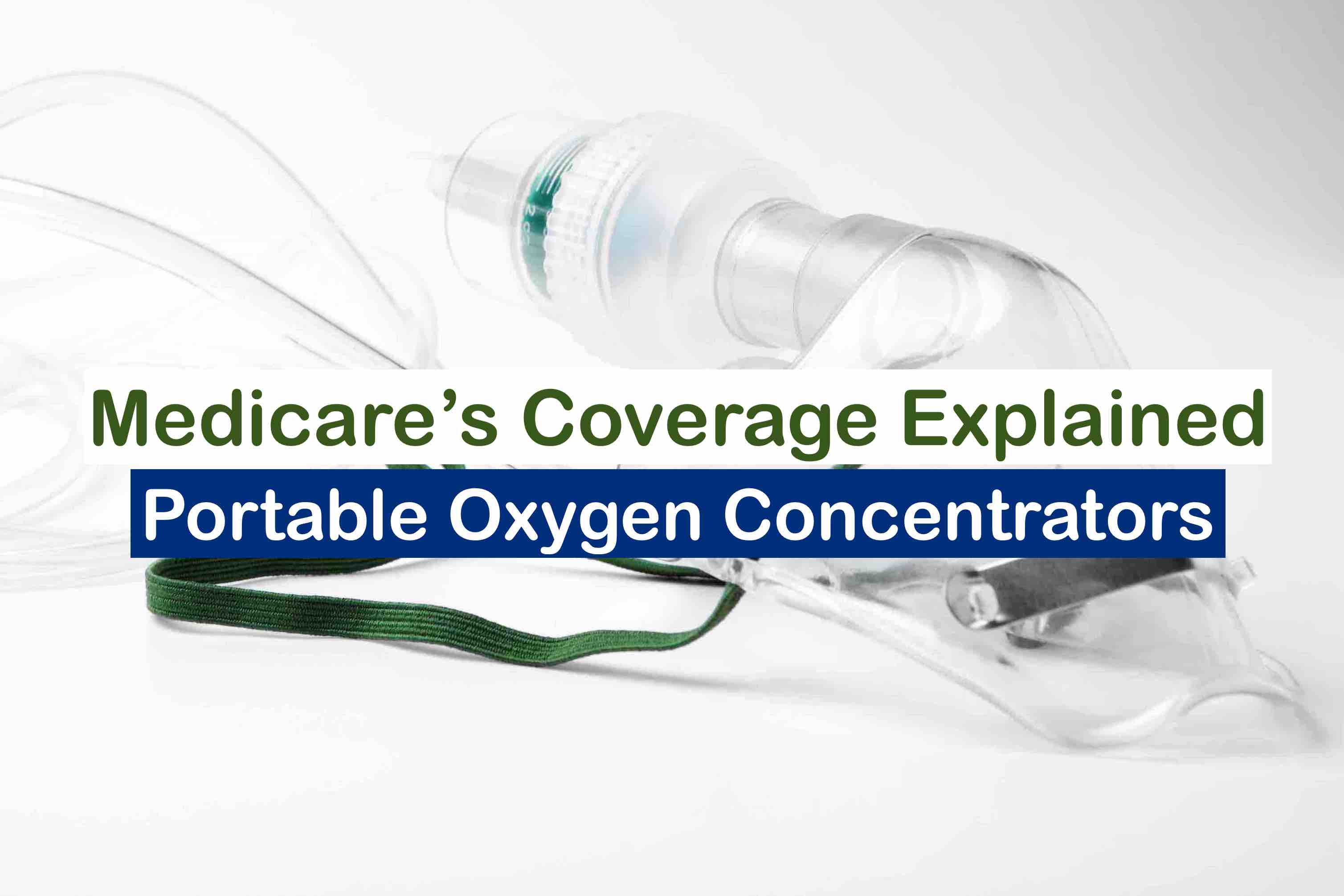
Medicare’s Coverage of Portable Oxygen Concentrators Explained
How much does Medicare pay for portable oxygen concentrators? Read our guide on coverage, costs, and the overall process.
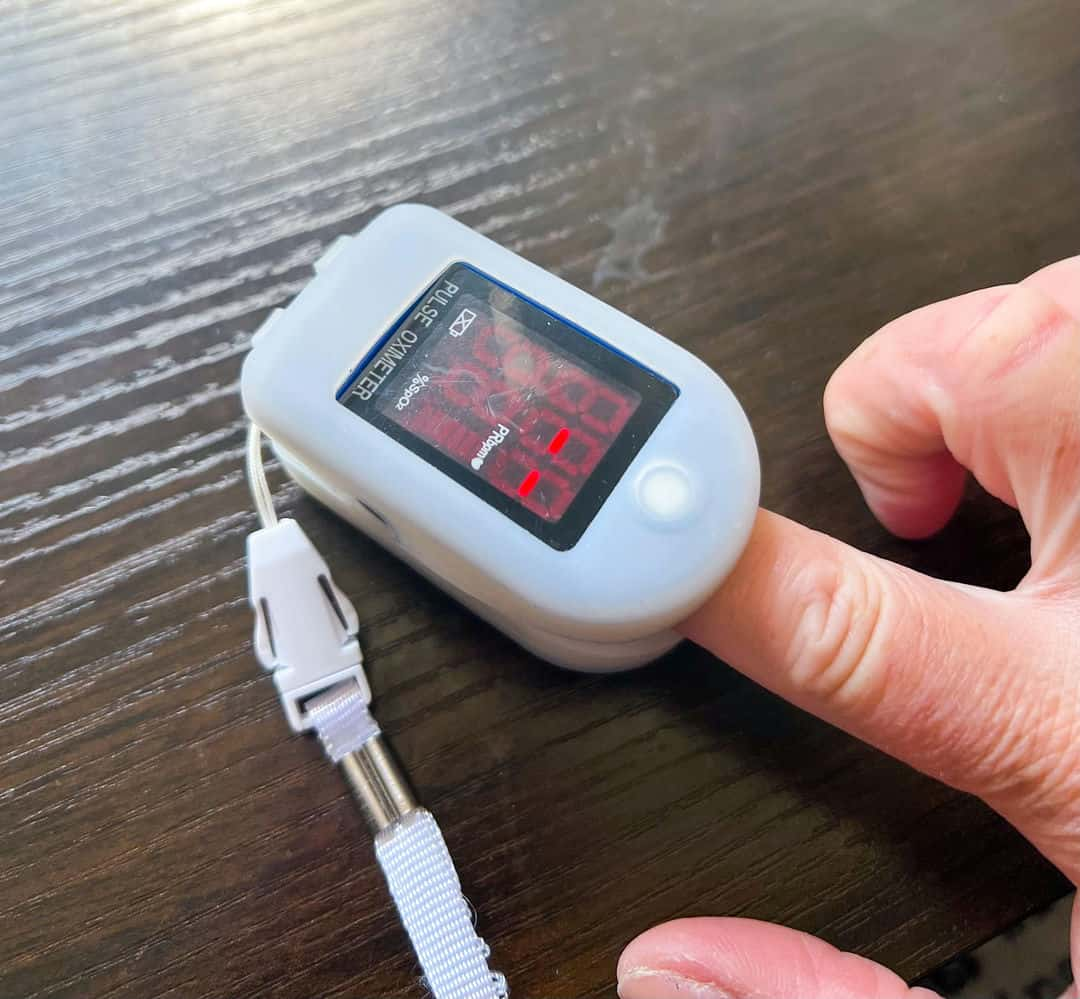
Best Pulse Oximeters for Older Adults and Caregivers
We’ve researched some of the top brands, so you can find the best one for you and your loved ones.
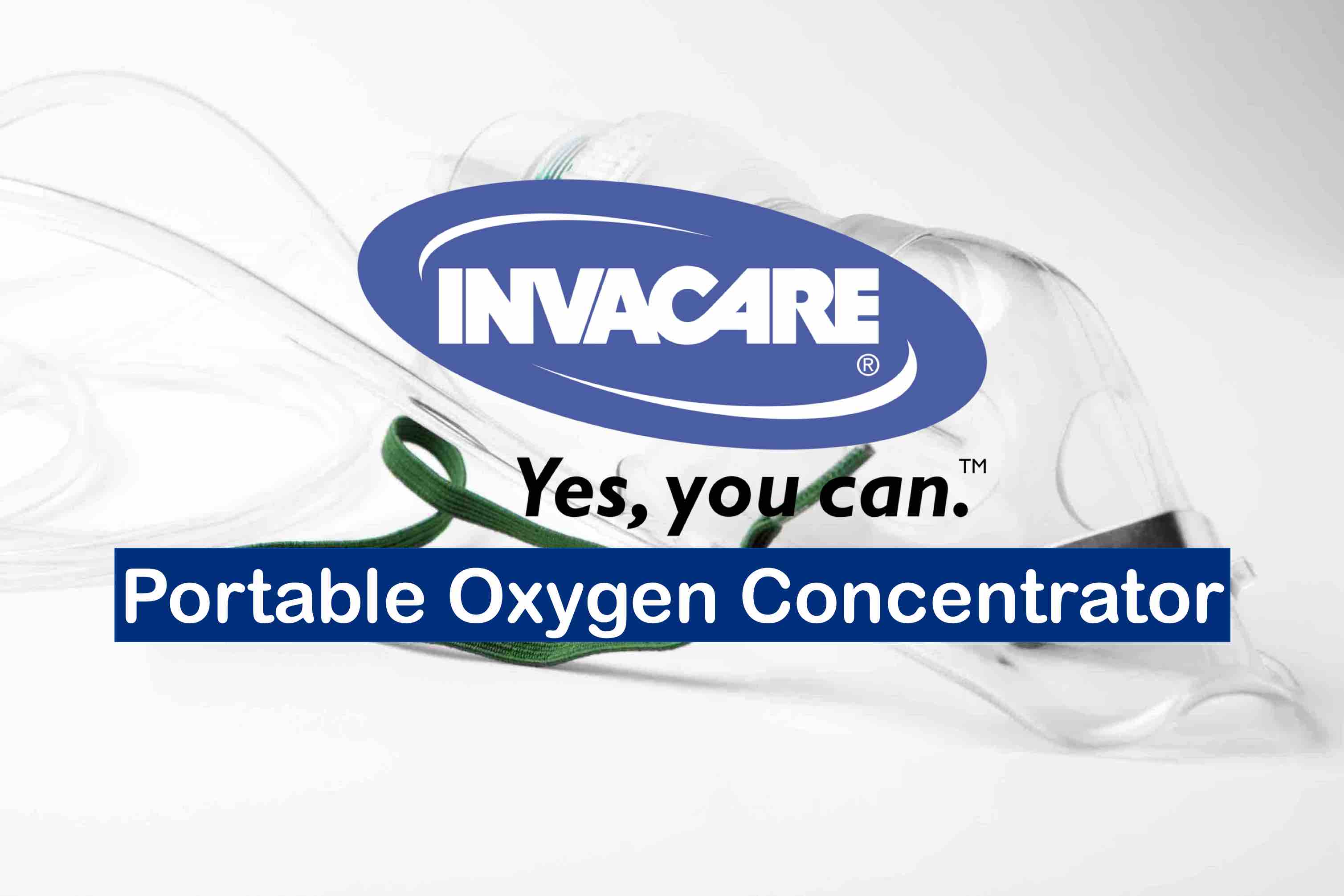
Invacare Portable Oxygen Concentrators Reviewed
Here’s a guide to Invacare’s portable oxygen concentrator models, so you can choose the right one.

Guide to Oxygen Therapy for Older Adults
Supplemental oxygen can be life changing for those who need it. We’ve researched the risks and benefits—so you can be informed.
